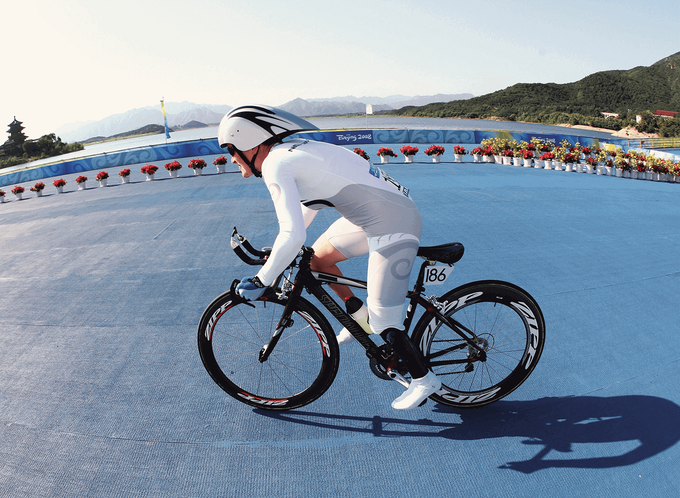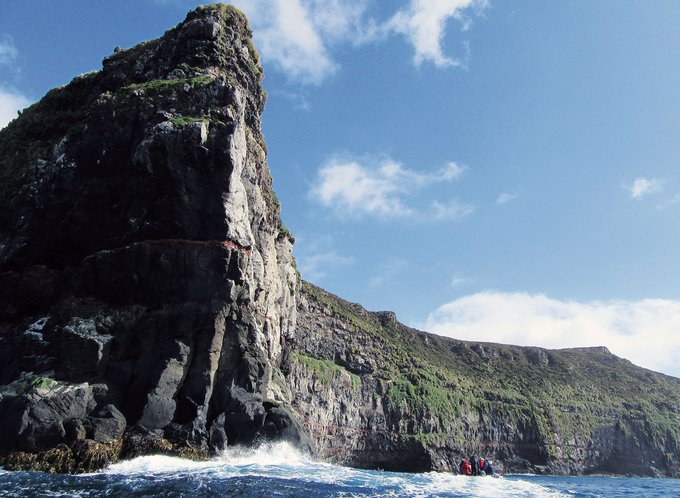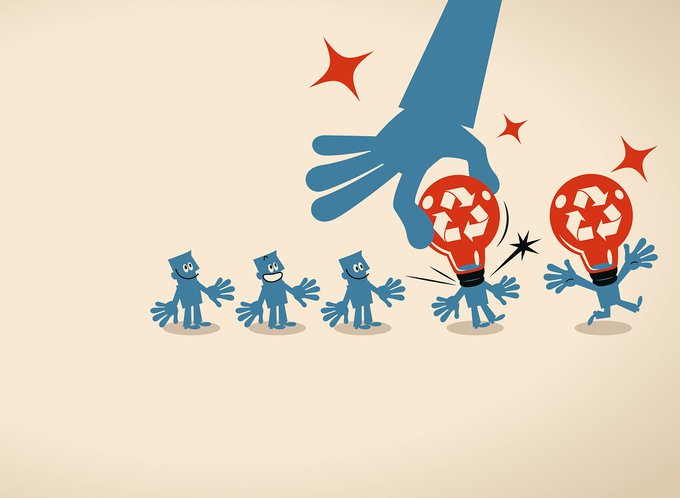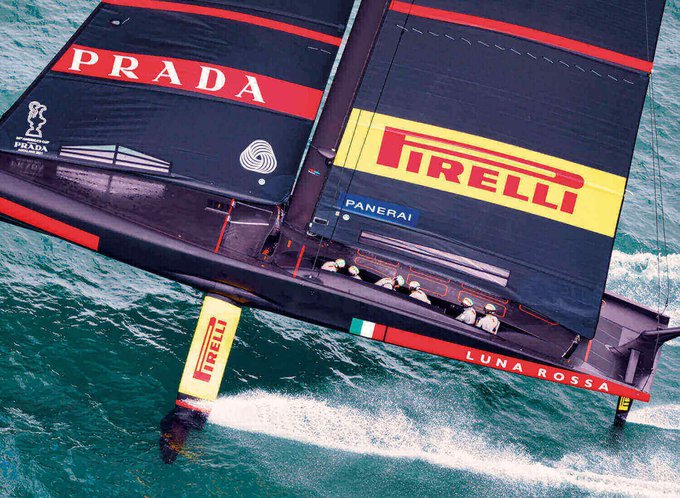Few dare to trek into the treacherous heart of the Great White Continent, but with nothing more than skis and 165 kg sleds in tow, these two intrepid doctors took on the adventure of a lifetime.
When the temperature is -40°C, instant frostbite threatens exposed skin, howling winds carve ice ridges in the snow and the hours exposed to the elements can start to play tricks on the mind. In Antarctica’s endlessly white interior, even the penguins up sticks and head elsewhere. But for MAS Member Richard Stephenson and his brother-in-law Gareth Andrews, crossing 1,404 kilometres from the coastline to the South Pole was a long-held dream.
“For me, there’s just something incredibly attractive about that really pristine, untouched wilderness; the harshness of the landscape and the beauty of it and getting to experience that in its purest form,” says Richard. “And to do that, you need to be out there, dependent on your own expertise and equipment, as well as your teammates, to survive.”
As experienced mountaineers, the duo had already taken on two successful trips to the magnetic North Pole, climbed in the Western Himalayas and completed a world-first unassisted ski and raft across Iceland, but they knew the expedition to the South Pole earlier this year would be their toughest challenge yet.
Between busy shifts as head of the Emergency Department at Dunedin Hospital, Richard would tie a harness around his waist and drag four-wheel-drive tyres along the beach to build muscle for the 66-day trip and, in particular, the 165 kg sled of supplies they each had to drag behind them.
“It’s not like being a runner where you have to be lean and fast,” he says “It’s about being robust enough to survive. The rigours of having a sled pulling on you, jerking you backwards and sometimes forwards, day in day out, meant we had to focus on putting on muscle bulk.”
On the ice, every bit of extra muscle and carefully packed pouch of dried food paid off, as the pair each had to eat about 7,000 calories a day to avoid wasting away from the exertion.
“You had to be so disciplined about when and how much you eat,” he remembers. “We would spend hours melting snow to boil water to heat food, and we would supplement that with shots of olive oil morning and night because it’s calorie dense. There was also a lot of freeze-dried avocado, which is about as disgusting as it sounds!”
But looking back, Richard says no amount of meticulous planning could have prepared him for the psychological demands of the hostile continent.
“The separation from family was hard and having to find a way of not thinking about that too much because on these expeditions you have a huge amount of thinking time. You spend the majority of each day effectively on your own because you have to travel in single file, it’s windy, you’re covered in balaclavas and bits of neoprene over your nose and you can’t really talk to each other, so you spend a lot of time in your head. Right at the start was difficult as you know you have this enormous distance stretching out ahead of you. The psychology of that was really challenging.”
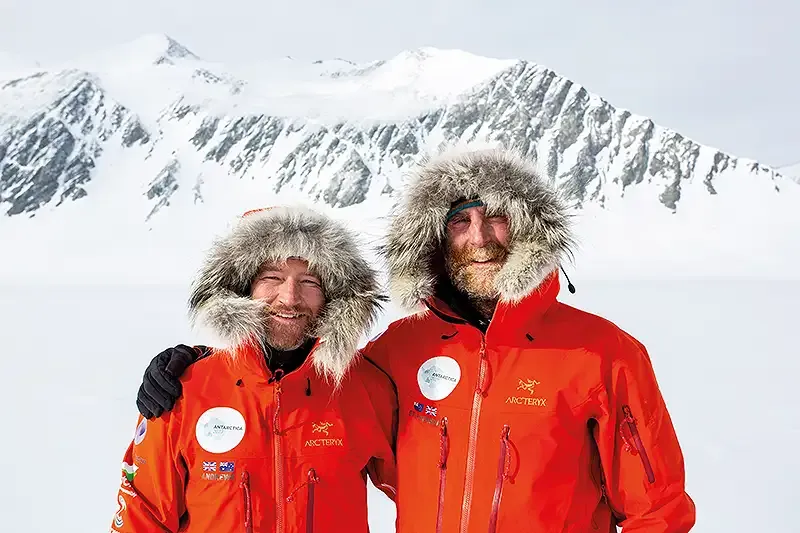
Gareth Andrews (left) and Richard Stephenson (right) are experienced mountaineers.

Richard Stephenson relaxing inside the tent.
Into the wild
Their expedition began on Berkner Island, which rises from the Ronne Ice Shelf directly below South America. Richard clearly remembers the moment the pilot dropped them off on a stretch of blinding white snow, gave a brief wave and left the duo alone in the vast expanse. With the airstrip slightly inland, they had to loop back to the Weddell Sea coastline to officially start their mission, and it wasn’t long before they saw Mother Nature’s rough side.
“As we turned around to go inland again, then came the howling gales, loads of snow, and our sleds were at their absolute heaviest as we hadn’t eaten many meals out of them. We could barely move. We exhausted ourselves for 10 hours and got maybe 10 kilometres. I really thought, ‘oh god, if it’s all like this, there’s no way we can do it.’”
Another hard patch saw the pair battling through a relentless 400 kilometres of sastrugi – rippling fields of ice ‘sand dunes’ formed by extreme winds whipping up the snow. However, in a land of such extremes, stark beauty was abundant, too.
From solid turquoise ice lakes and ethereal views atop snowy slopes to the parhelions, a phenomenon where icy crystals in the air appear like circular rainbows around the Sun, moments of wonder regularly lifted them through nine and a half arduous weeks. And while the continent’s harsh interior is largely devoid of wildlife, Richard says one particular encounter sticks in his mind.
“We were several hundred kilometres from the coast when this snow petrel – a beautiful white bird – just appeared out of nowhere. It circled us a few times, landed near our sleds and checked us out, then flew off into the distance. It was magical.”
The ultimate achievement
Finally making it to the Pole, also the site of a bustling American scientific base, was emotional and surreal for the exhausted duo.
“You notice something glinting on the horizon, but you’re still a good 10 kilometres away by the time you see it, because you can see really far in Antarctica,” Richard says. “Then this huge thing with telescopes and radars just sort of appears, it’s like a Moon base. It was a bizarre experience after being out in the wilderness with no signs of other people for so long, and suddenly there’s an American walking past with a can of Coke.”
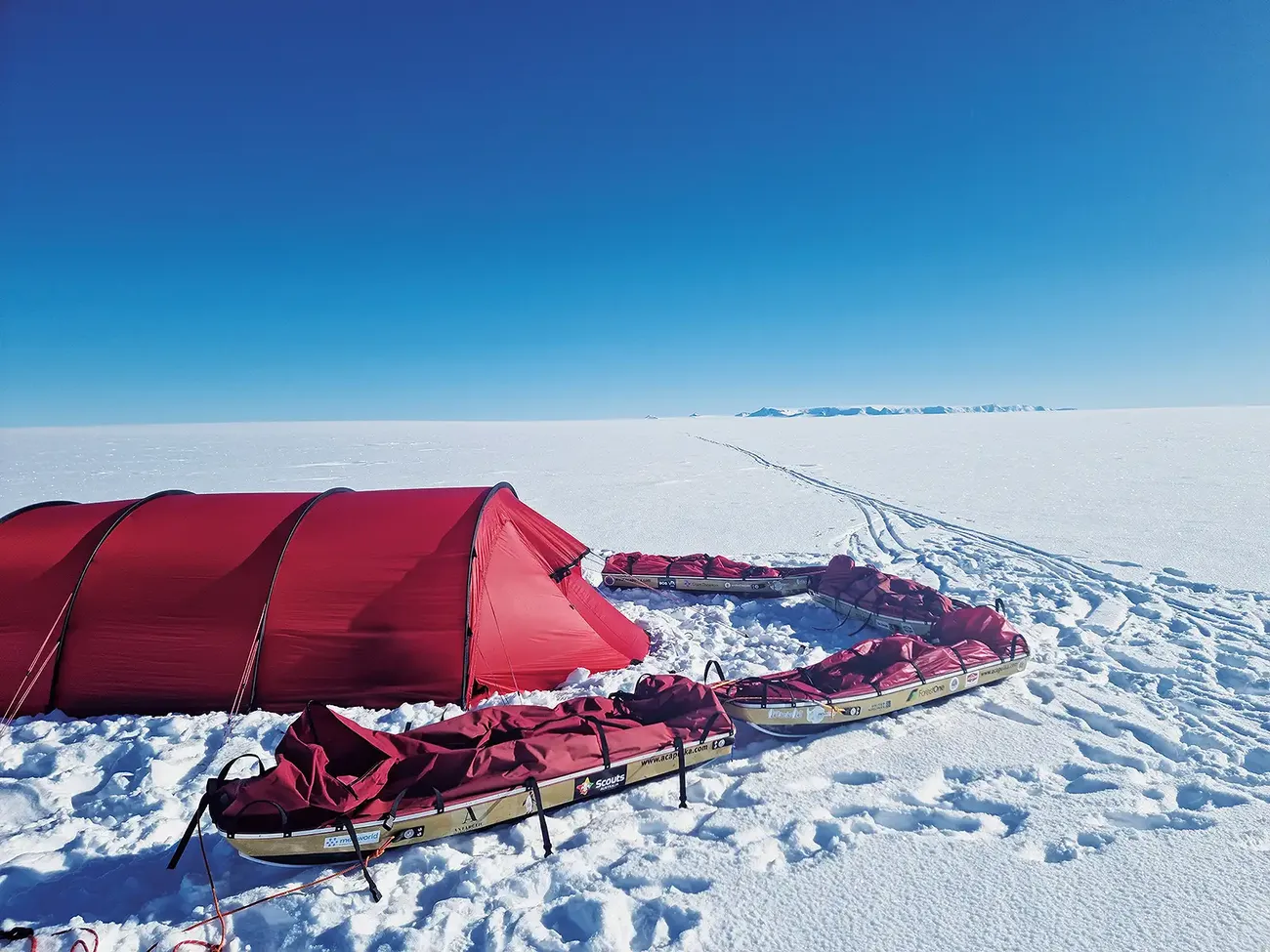
Due to glacial shifts and the pole’s exact location always moving, the pair visited the geographic South Pole – site of the American base and the ceremonial pole – about 400 metres off the mark but with novelty stripes perfect for intrepid selfies.
“There was a huge amount of relief to finally get there, a sense of achievement and excitement, but also a sense of impatience because, at that stage, you just want to get home again to your family,” Richard says. “There’s also some sadness that it’s over, because it’s such an incredible experience. You can tend to focus on the daily hardships and misery of grinding it out, but actually, it’s a huge privilege to be in that environment and to experience something few people get to do.”
On their first night off the White Continent, he remembers staring into the hotel room mirror in Chile, wondering how to tackle the huge beard he had grown over the months on the ice.
Now looking more like himself and back to daily life in Dunedin, he’s focusing on trips closer to home with his partner and two children aged eight and 10.
“Living down south, we’ve got so much here on our doorstep. We like taking the kids out into the hills and camping and sleeping in huts, we want to bring them up with that adventurous spirit.”
Know someone who might enjoy this?
Read this next
-
July 2021
On track for Tokyo
-
November 2021
The world on a plate
-
July 2022
A wild Subantarctic adventure
-
November 2022
MAS Members share their sustainability tips
Professional life
See all-
March 2021
Made for today a century ago
-
March 2021
The great brain gain
-
March 2021
A hectic, horrific working holiday
-
March 2021
Smooth sailing for Southern Spars
